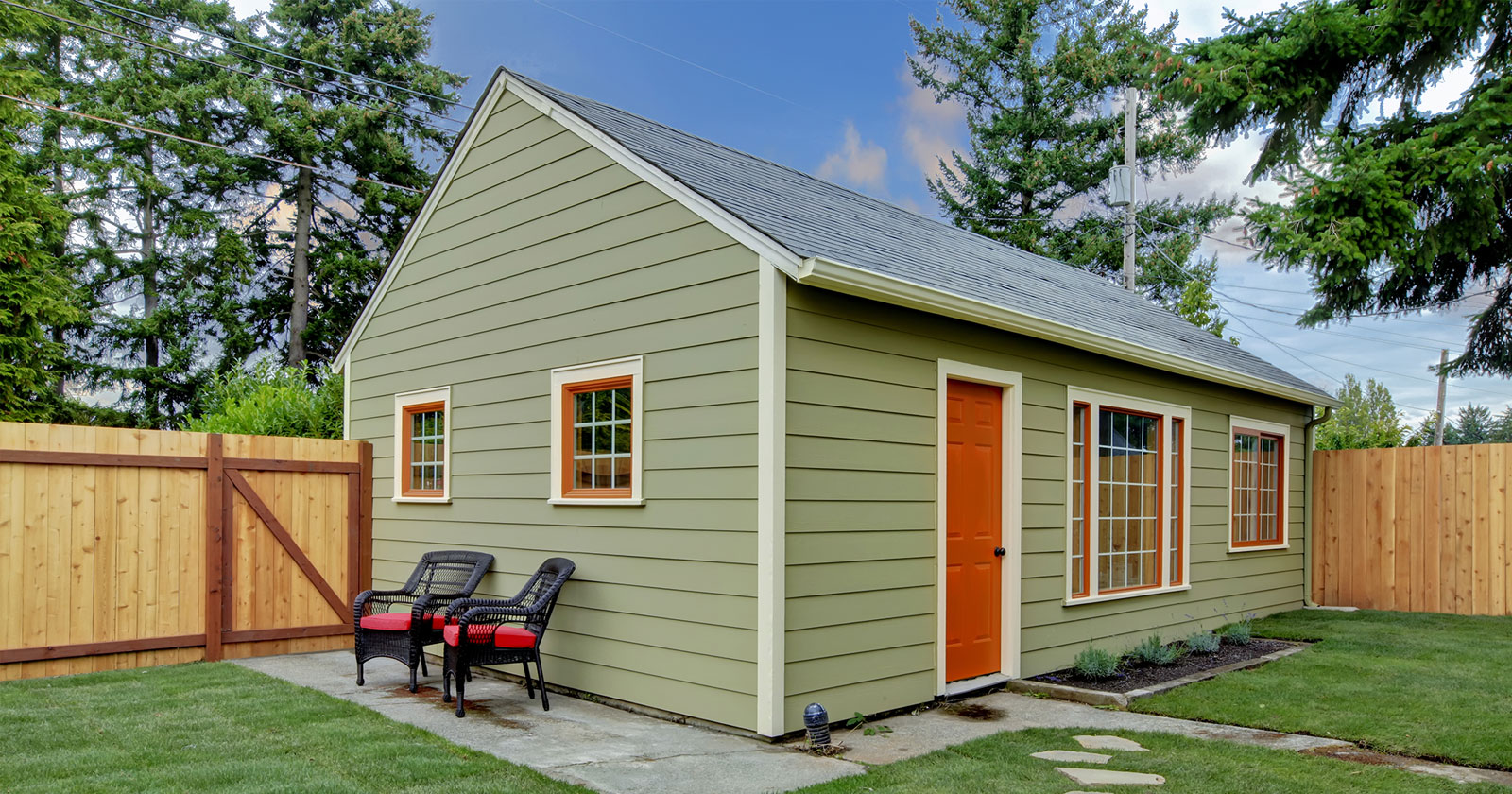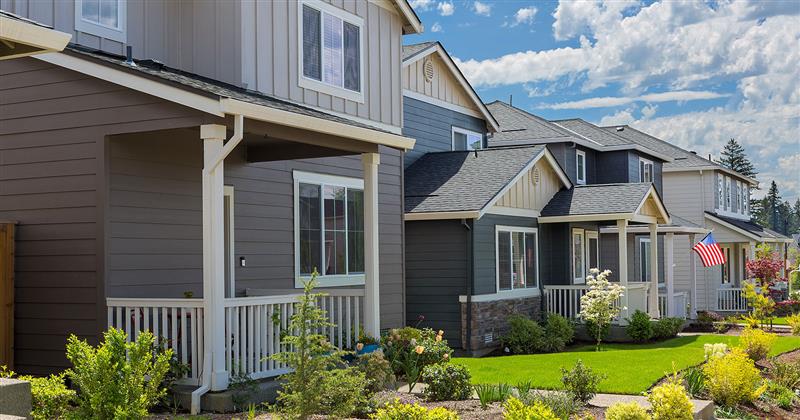According to a recent Zillow analysis, the current U.S. housing market inventory is short 4.5 million homes. With inventory shortages further exacerbating home prices, builders and investors have an opportunity to fill a glaring need while meeting consumer demands for homes with new construction investments.
However, seasonal investing trends would indicate a slowdown in building with the winter months quickly approaching. Winter can be difficult for builders, especially in regions with cold conditions and heavy snowfall. While many choose to close up shop during colder months (November – February), some opt to press on through less-than-ideal conditions.
With the current housing shortage this year, more than ever, investors may find competitive advantages to building into the winter. For those considering going against seasonal real estate trends and building during the winter months, it’s best to have a well-rounded seasonal investing strategy and plan. Start by weighing the pros and cons of building during the colder months.
The Pros of Winter Building
Generally speaking, there are four key benefits to building during the winter:
Less Costly
Spring and summer real estate seasons are primed for building, creating a high demand for contractors and other tradesmen. One of the greatest advantages of winter construction is that it falls into the off-season period when builders and skilled tradesmen tend to lower rates. Thus, funding a new construction project in the colder months can be advantageous for investors with tight budgets or looking to save money.
Less Competition
During the seasonal investing calendar’s warmer months, laborers become more costly and more scarce. Investors may find themselves waiting weeks or even months for a contractor and team of laborers to have a free schedule. When building during the winter months, investors can shop around. They can find the right contractor and laborers for the job and expect work to start on time.
The winter real estate season also triggers a slowdown in homebuyers. Holiday festivities or a desire to avoid moving in cold weather often prompt consumers to put home shopping on hold. However, this can be beneficial for winter builders. Buyers willing to brave the winter elements are often more motivated and committed to making a purchase–helping investors avoid wasting time with less serious shoppers.
Easier Permits
As mentioned, spring and summer real estate seasons drum up the most construction business. That means the local authorities tasked with permitting new builds are often swamped during such months. With colder months slowing construction projects, permit processes and approvals are often streamlined.
Maintain Consistency
The main deterrent for winter building is the potential for weather drawbacks. While this can be true, it is by no means a guarantee. In fact, many investors who practice consistent seasonal investing with winter building can maintain a steady pace, finish projects on time, and even enhance their inventory as they move into the busier selling seasons.
The Cons of Winter Building
While winter building has several benefits for investors, it can also bring several headaches that can stymie productivity and profitability. Disadvantages include:
Poor Conditions
The most significant disadvantage of winter building is the elements. Frost, snow, and sleet can be extremely frustrating for contractors and laborers, especially during the foundation digging and setting stages.
Damp grounds, ice, and frost can further hinder workers’ ability to use certain tools, and snow storms can completely derail a project’s timeline and force the entire job site to shut down for multiple days.
Heating Costs
While colder months may help you retain contractors and laborers at a reduced cost, they come with increased heating costs. Low temperatures can hinder or ruin certain building materials, making heat essential. Additionally, in harsher climates, workers may be forced to bring in more costly specialty tools that can withstand cold, wet conditions.
Work Productivity
To maintain a successful winter construction project, investors must consider workers’ productivity and efficiency when developing their seasonal investing strategy. In winter, 5:00 pm means darkness. Shorter days and fewer daylight hours can hinder productivity. Lower temperatures can also bring on fatigue in workers sooner, as they must exert more effort and energy to perform in the cold. These can substantially impact a laborer’s production on a day-to-day basis.
Further, investors must consider the effort and time consumed by menial tasks to ensure the work site is safe and workable, like
- Heating water
- Snow removal
- Setting up temporary lighting
Experienced investors understand that new build timelines should vary throughout the seasonal investing calendar–with winter builds estimated to take longer than spring and summer real estate projects.
It is important to weigh both the pros and cons of winter building when determining whether or not building during the colder months is right for you.
Conclusion
Winter can be a highly advantageous time to build new homes. While there are cons to consider, given the heightened demand for new construction projects, builders and investors with the capital support and the right seasonal investing strategy should look to build this winter.
With fewer costs, less competition, streamlined permitting, and a chance to outpace the competition, rain nor snow should deter savvy and educated investors from cashing in throughout any real estate season.
Finance of America Commercial: Seasonal Investing Financing Made Simple
Finance of America Commercial (FACo) offers the most reliable and flexible short-term construction loan options on the market. With flexible terms and prepayment options, we can tailor our programs to meet the unique needs of your new construction project.
Our loan options are designed for developers and investors alike, with options that include land acquisition financing. With multiple draws available at our borrower’s discretion, we simplify seasonal investing and winter build projects–ensuring you have the capital necessary to navigate any obstacles that may arise. It’s no wonder Finance of America Commercial is a top new construction capital partner.
Ready to help outpace the competition and fill consumer demands all while turning a significant profit? CLICK HERE to schedule a FREE consultation with a FACo expert today!




